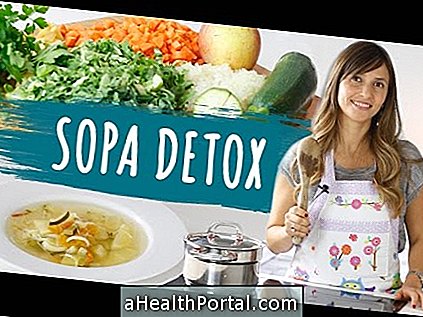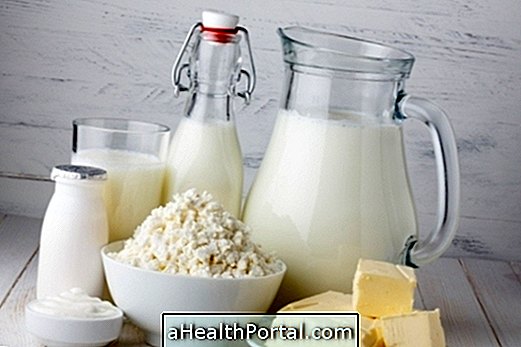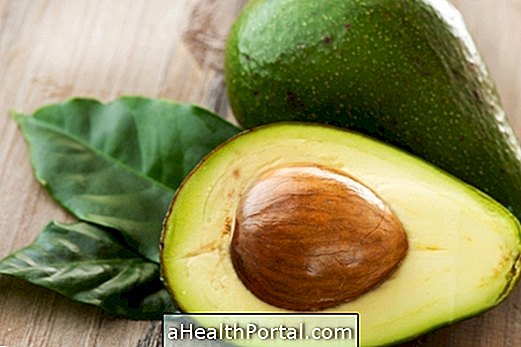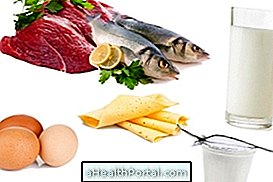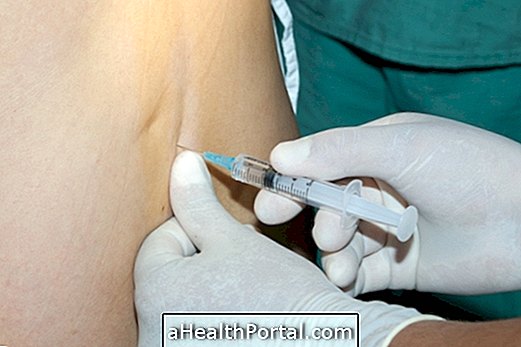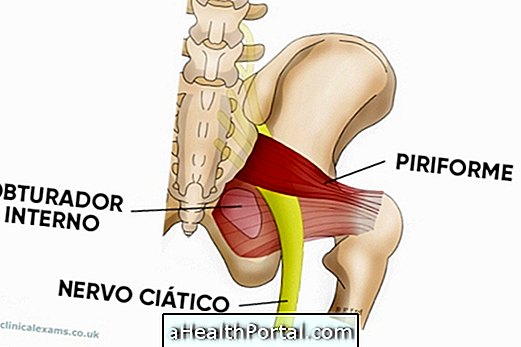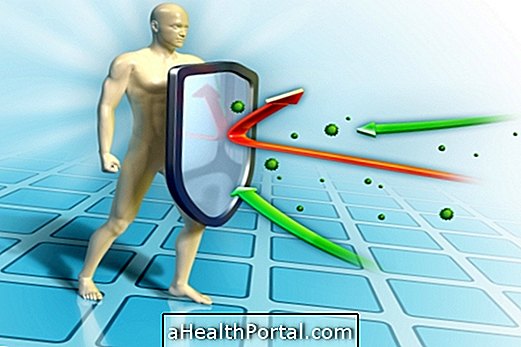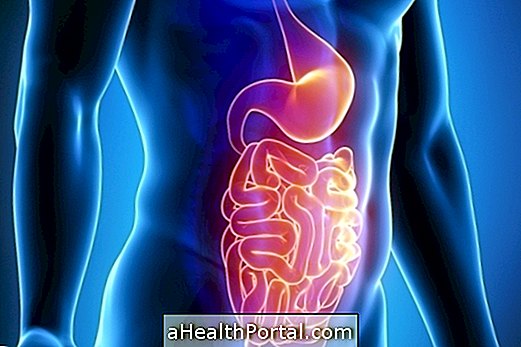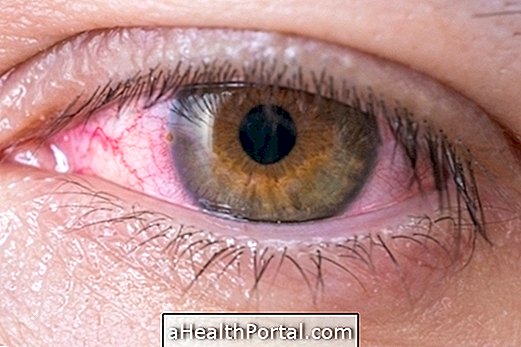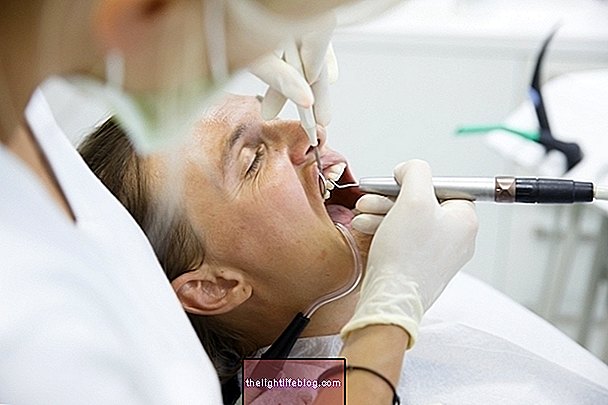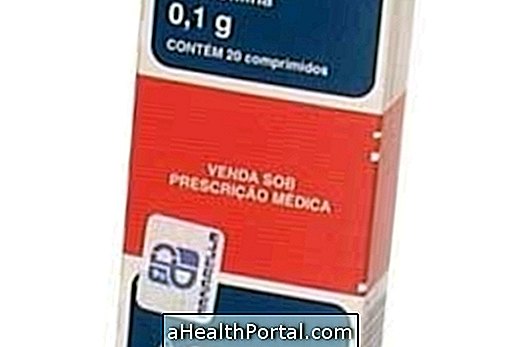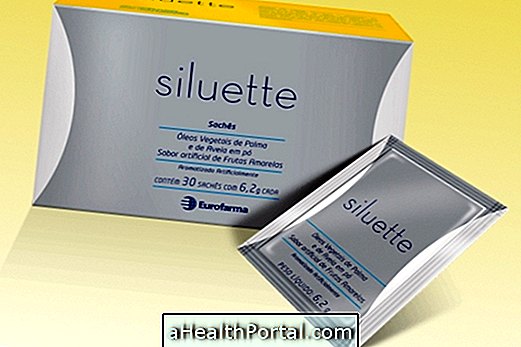The diet to increase muscle mass includes strategies such as consuming more calories than you spend, increasing the amount of protein during the day and consuming good fats. In addition to enhanced nutrition, it is also important to do regular workouts that require a lot of muscle mass, as the stimulus of hypertrophy is passed on to the body.
It is also important to remember that in order to gain lean and lose fat at the same time, avoid consumption of sugar, white flour and industrialized products, as they are the main stimulators of fat production in the body.
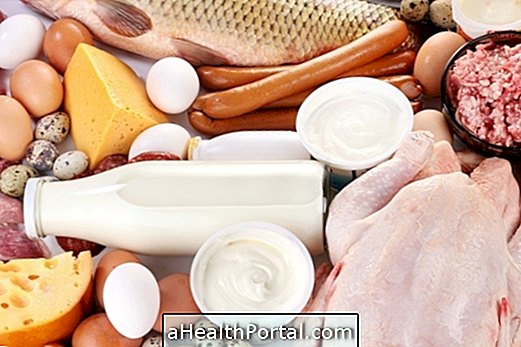
Here are 7 steps to increase your results:
1. Consume more calories than you spend
Consuming more calories than you spend is essential to gain muscle mass faster, as excess calories along with workouts will allow you to increase your muscles. To find out how many calories you need to consume per day, try the following calculator:

2. Do not skip meals
Avoiding snacking is important so that it is possible to achieve all the necessary calories during the day without stimulating possible losses of lean mass during a prolonged fast. Ideally, you should make 5 to 6 meals a day, with extra attention at breakfast, pre- and post-training.
3. Consume more protein
Increasing protein intake is necessary to allow muscle growth, it is important that food sources of protein are well distributed throughout the day, not concentrated in just 2 or 3 meals. These foods are mainly those of animal origin, such as meats, fish, chicken, cheese, eggs and milk and dairy products, but proteins can also be found in good amounts in foods such as beans, peas, lentils, peanuts and chickpeas .
In addition, sometimes protein-based supplements such as Whey Protein and Casein, especially used in post-workout or to increase the nutritional value of protein-poor meals throughout the day may be needed. See the top 10 supplements to gain muscle mass.
4. Eat good fats
Contrary to popular belief, consuming good fats helps reduce fat accumulation in the body and even facilitates increasing calories in the diet to gain muscle mass. These fats are present in foods like peanuts, peanut paste, nuts, nuts, hazelnuts, macadamia nuts, fish like tuna, sardines and salmon, olive oil and seeds.
Throughout the day, these foods can be added in snacks like crepioca recipes and fit cookies, in yogurts, in vitamins and in main meals.

5. Drink plenty of water
Drinking plenty of water is very important to stimulate hypertrophy because for the muscle cells to grow, more water is needed to fill its larger size. If there is insufficient water intake, the gain of muscle mass will be slower and more difficult.
A healthy adult should consume at least 35 ml of water for each kg of body weight. Thus, a person weighing 70 kg would need to consume at least 2450 ml of water a day, and it is important to remember that artificial or sugary drinks do not come into this account, such as soft drinks, alcoholic beverages, juices and artificial teas.
6. Consume at least 2 fruits per day
Consuming at least 2 fruits a day is important for gaining vitamins and minerals that favor muscle recovery after training, favoring a faster and more hypertrophied regeneration of muscle mass.
In addition, the vitamins and minerals present in fruits and vegetables are important for muscle contraction, reducing the sensation of fatigue during training and for strengthening the immune system.
7. Avoiding Sugar and Processed Foods
Avoiding high-processed and sugar-rich foods is important not to stimulate fat gain in the body, especially since the mass-gaining diet already has excess calories. Thus, to prevent weight gain from being made from fat, it is necessary to withdraw from the diet foods like sweets, cookies, cakes, toasts, fast food, sausage, sausage, bacon, cheddar and ham.
These foods should be exchanged for whole grain bread, crackers and whole cakes, cheeses such as rennet, mines and potatoes, eggs, meats, and fish.
Menu to increase muscle mass
The menu to increase muscle mass varies according to the intensity of exercise and the size, sex and age of each person, but the following table provides an example of a menu for hypertrophy:
| Meal: | Day 1 | Day 2 | Day 3 |
| Breakfast | 2 slices whole wheat bread with egg and cheese + 1 cup of coffee with milk | 1 chicken and cheese tapioca + 1 glass of milk with cocoa | 1 glass of sugarless juice + 1 omelet with 2 eggs and chicken |
| Morning snack | 1 fruit + 10 nuts | 1 natural yogurt with honey and chia seed | 1 banana mashed with oats and 1 tablespoon of peanut butter |
| Lunch dinner | 4 tablespoons rice + 3 bean coles + 150 g grilled duck + raw cabbage, carrot and pepper salad | 1 serving of salmon + sweet potato puree + steamed salad with olive oil | Macaroni with minced meat with whole noodles and tomato sauce + 1 glass of juice |
| Afternoon snack | 1 yogurt + 1 whole-wheat chicken sandwich with curd | fruit vitamin with 1 cabbage of peanut paste + 2 cabbage of oats | 1 cup of coffee with milk + 1 crepioca stuffed with 1/2 can of tuna |
It is important to remember that only after an evaluation with the nutritionist is it possible to know whether or not it is necessary to add some supplement to gain muscle because the excessive use of these products can be harmful to health.
Watch the following video and learn how to insert high-protein foods into the diet.


